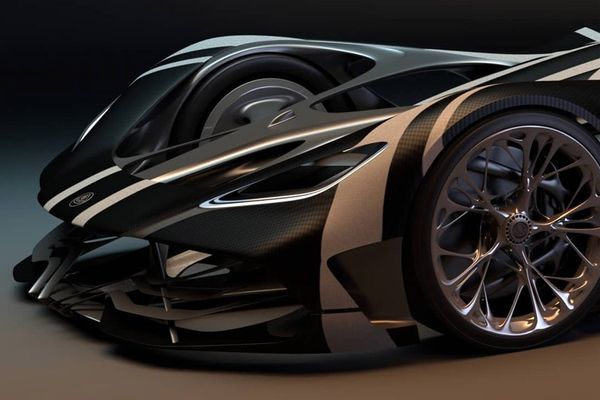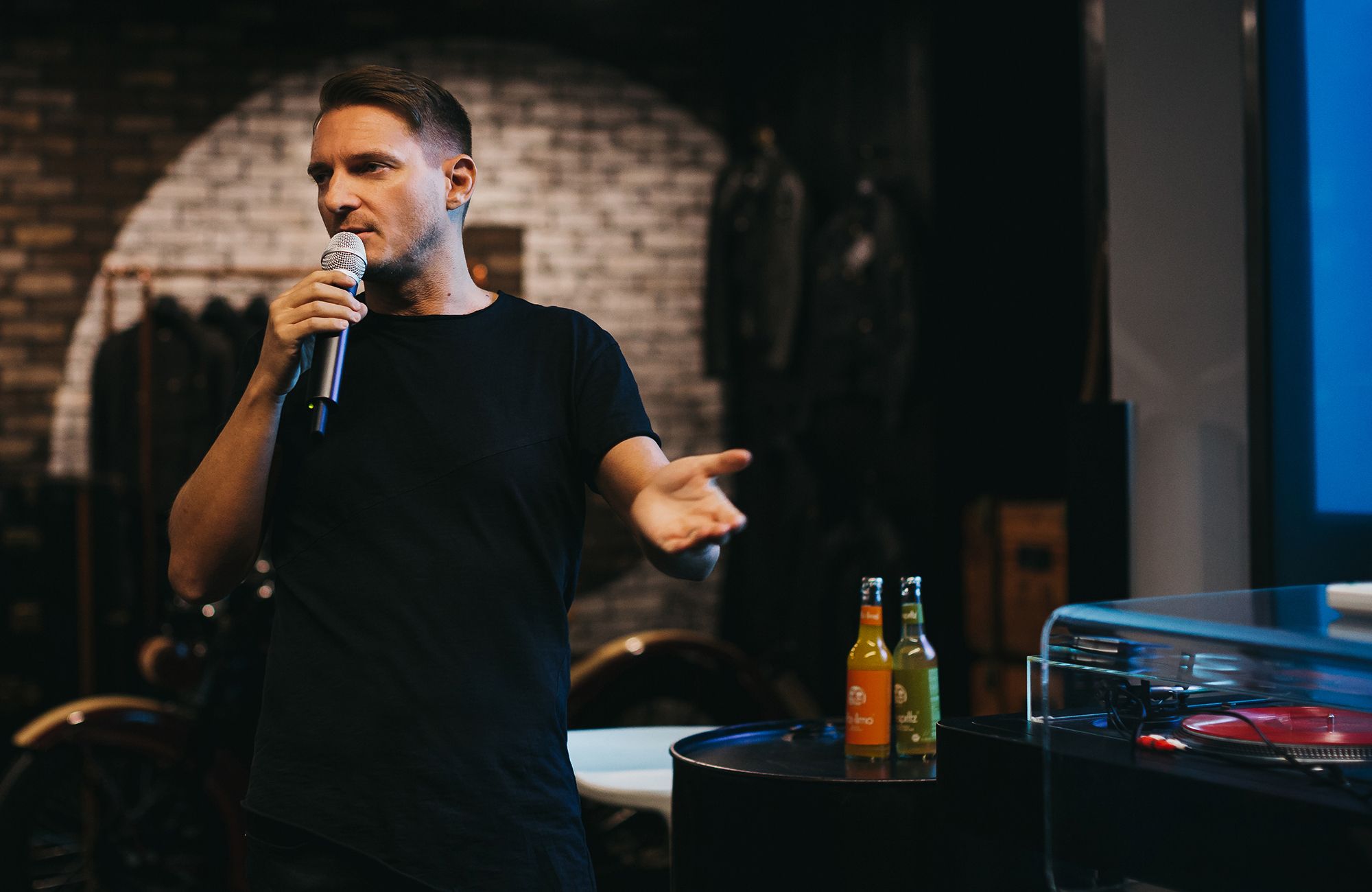Talented Hungarian creatives applied for the ArtHungry Award for the sixth time this year. The jury has already finalized their shortlist, but we’ll have to wait for the results to be announced until December 4. Until then, we asked José Tábori-Simon, the founder of ArtHungry about the launch of the site, the status of the Hungarian creative scene and their future plans. Interview!
ArtHungry is known as the platform of the Hungarian creative community, aka the “Hungarian Behance”. Tell us a bit about the beginning. What goals did you have in mind when you launched the site?
Not many people know this but the birth of ArtHungry goes back all the way to 2007. I had a community blog named Design Hung(a)ry up and running around this time, which I launched as a way of covering the absence of professional graphic design forums of the time before the big social media boom. At this time, there were no portfolio-type of professional networks either on an international level, only DeviantArt in the US, but I think only the fans of manga and emo subcultures used this site. Then there was Myspace, but it had a truly horrifying interface. Facebook was nowhere near in Hungary around this time, and we haven’t even known Behance launched in 2006, either. MATT, the Magyar Tervezőgrafikusok és Tipográfusok Társasága (Society of Hungarian Graphic Designers and Typographers) was established out of the members of the community formed via the blog, and this is why the idea of ArtHungry was conceived almost a decade later in 2015, aiming to give room to all branches of art in addition to graphic design and design.
ArtHungry.com premiered in the fall of 2015, at the 2015 Design Week. The premier was preceded by a quite massive one-year design and research development phase. We started out as a typical startup project with the difference that for a few years I was the investor, too, so I financed the basic costs and a part of the development, and two of my colleagues took on the programming tasks – front-end developer Dániel Petrásovits and back-end developer Benjámin Gyúró –, partially for a share in the company. Our back-end developer had quit since, but Group 42 with Pál Kútvölgyi entered the project, and the development tasks are also carried out by a digital agency named Lampyon.
Many people think that Behance, which has grown quite big over the time, or Dribbble served as an example for ArtHungry, but for me, the first international social-professional experience with similar visuality was a creative competition created by Mini in 2009 under the name “MiniSpace”.
The marketing team of the car brand did this for a few years, and they welcomed creative projects in relation to the latest model, mainly in the field of graphic design. You could create a profile and submit a project, available for everyone to view, like and comment on. There was a major development behind it, but of course they had the means for it. These profiles and projects also remained there after the given competition had ended and after the results had been announced, thus the platform also started to function as a portfolio. I remember that I met many creatives in this way from all around the world. Then a few years later all of it was suddenly gone, with all profiles and projects uploaded. I guess they adopted a new marketing strategy, and they didn’t consider this line important any longer.
Then Behance took over, at least for me, and I have been using it ever since. And even though I use it less and less since it was acquired by Adobe, I have always
felt the absence of a local forum where new, Hungarian creatives can get to know each other’s work and can also reach clients here, in Hungary, with their portfolios through the site.
The “here” is important because as a freelancer graphic designer I have continuously experienced in the past more than 20 years that only a very narrow scope of people is engaged or employed, with little fluctuation. This is not necessarily because the clients are lazy, but simply because there are no forums or professional platforms where they could get to know young emerging talents, or the professionals working outside the capital. This applies to all professionals carrying out creative work, and perhaps even more to the visual arts scene. Recently I heard a music composer friend of mine rant about the fact that the same composers have been working on every feature film implemented from state funding for decades. There is no competition, and its absence steers comfortable clients and creatives towards mediocre and inbred solutions.
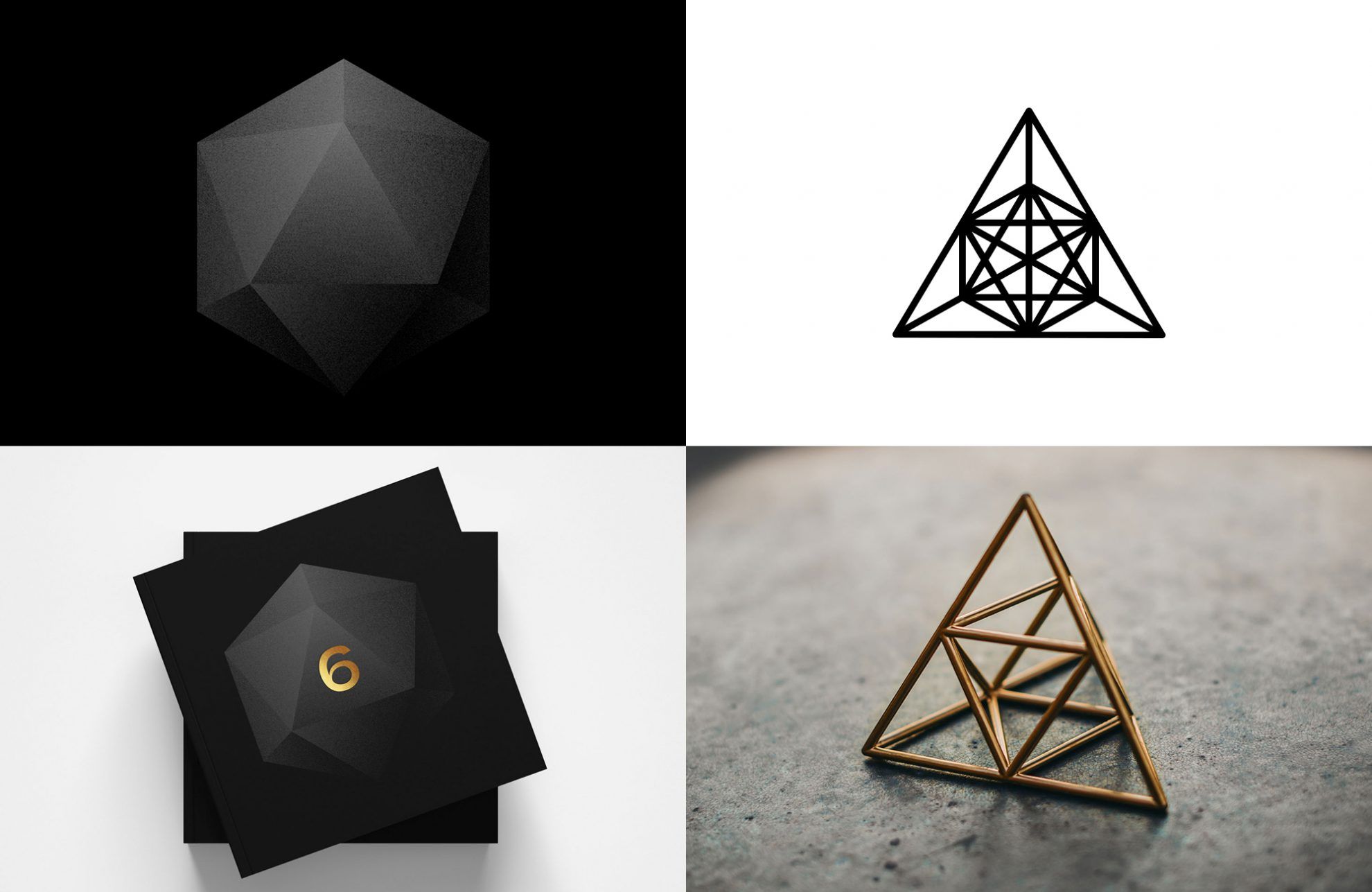
Before the launch of ArtHungry, it happened many times that I couldn’t take on a design job because either the task did not match my profile or the clients requested recommendations from me to other reliable experts. Today this takes place in a way that I direct them to the site, where they can browse amongst registered Hungarian artists by selecting the given category.
If I may put it like this, it was also an important mission of mine to create a comprehensive online art database in Hungary, with Hungarian artists and creatives, because no matter how incredible it sounds, there is no such thing in our country. I hope the formation of this database also started 5 years ago, but I would be very happy to see profiles managed by the family members, organizations, museums or galleries handling deceased artists’ estates.
You will hand out the ArtHungry Award for the sixth time this year. Looking at the competitions of last years, what tendencies do you see? I mean trends in content or style in the Hungarian graphic design, graphics and design scene, or the tendencies regarding the applicants themselves.
At our launch in 2015, we didn’t suspect that in a year we would be founding our own award and would participate in the organization of all kinds of art competitions. As I insisted on granting the basic features of the platform to registered artists for free from the very beginning, we needed to figure out a business model in order to be able to maintain the site requiring more and more resources. With the system and structure developed, the announcement of calls funded by our partners seemed the most reasonable, which generated some revenues. We launched the ArtHungry Award in order to give some value to highlighting certain projects and creators on our own platform from time to time, too. So far we mainly held awards in the fields of graphics and design, and this sixth award focuses on these areas once again, but our plans include holding competitions for additional branches of art, too. In 2019, for example, we organized a series of contests for painters, sculptors, photographers and graphic artists in collaboration with Fashion Street Budapest, which was fairly successful so we will continue in this direction.
On our graphics and design competitions, we don’t determine a minimum level of expertise contestants can apply with.
Senior creatives also apply many times, but the experience of past years show that this forum is mainly used by young artists, students, emerging designers or fresh graduates – and they are right in doing so, because there are not many platforms in Hungary where they could introduce their works in a similar form.
There are also recurrent creatives and in 2019 we introduced the practice of inviting a former category winner for to join the jury of our current award, thus refreshing our jury panel a bit.
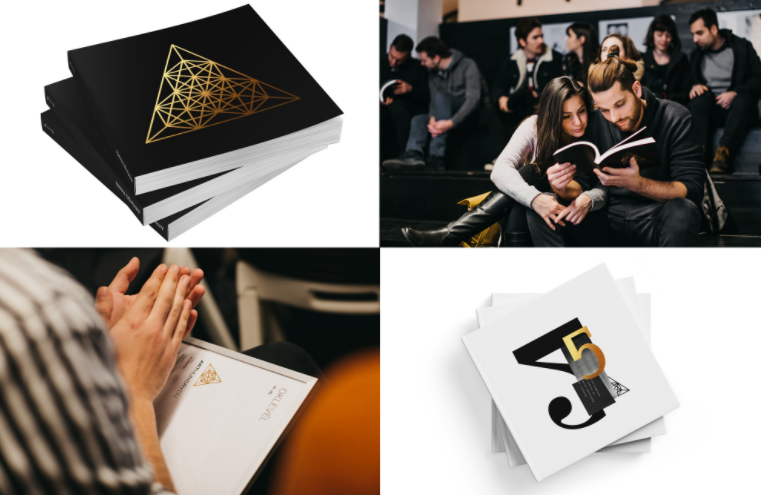
You have already seen the projects submitted for this year’s contest. What do you think of the works submitted?
We received a lot of fantastic projects, at the same time we can also see that many of the applicants don’t utilize the opportunities offered by the platform to the fullest. I have a course at METU, where I teach about online presentation formats and their utility. If I register to these online social platforms and present new projects, I have to sell the given project to the viewer, or, in the case of a call, a jury member, just like if I was to sell it to a client: presenting the creative process in detail from the first sketches to the final form, using professional photos, or even motion pictures or animation.
This year the jury shortlisted 40 projects as finalists. In addition to the fact that I expected a lot more senior projects, luckily the tendency of many new talents coming out of art education from every part of the country still prevails.
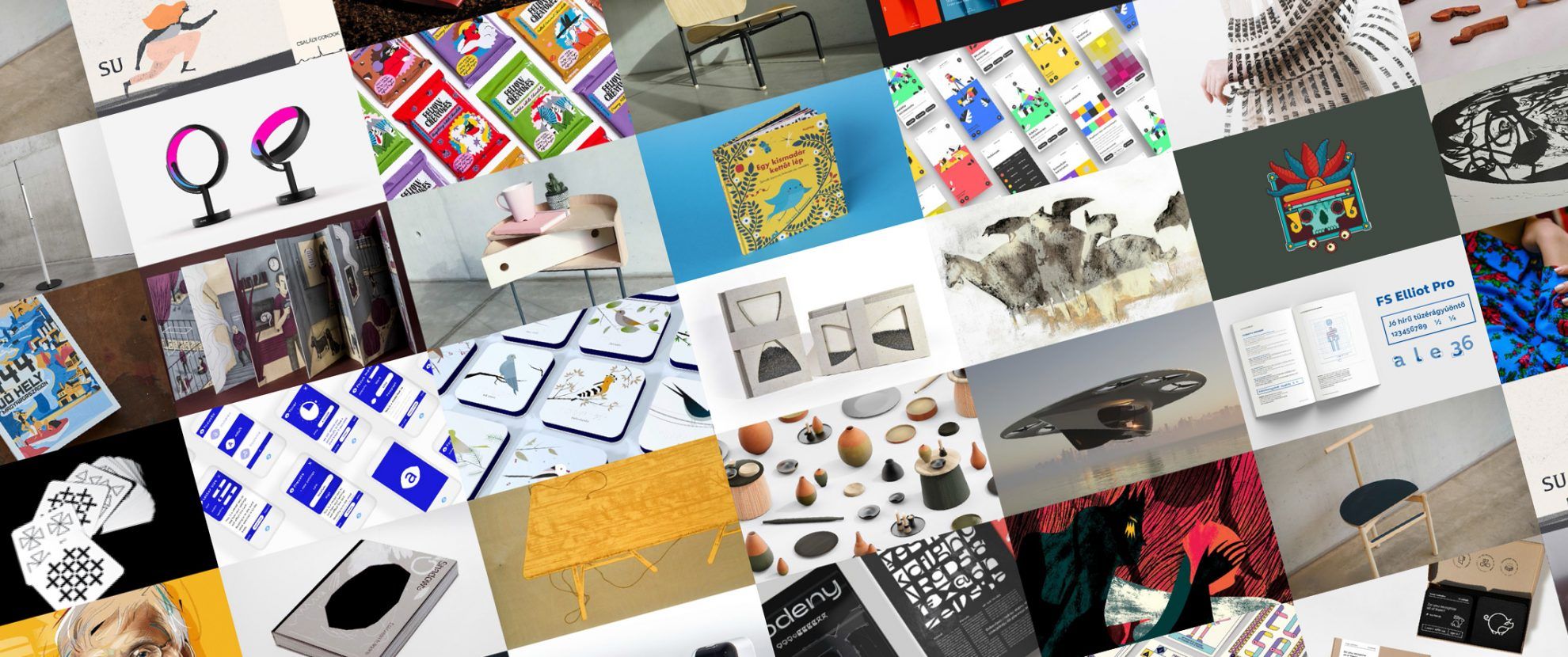
The jury consists of recognized representatives of the profession. How does the jury process take place? Are they usually on the same page or are their professional disputes between them regarding some projects?
Yes, we consider it very important that the composition of the jury also guarantee the quality of our contest, thus we usually invite award-winning creators and recognized experts that ensure a quality outcome.
If we only look at the work of the jury of our own award, the process usually goes fairly smoothly. We have our own scoring system, based on which the rankings are formed usually quite easily. As we are talking about an online portfolio site and competition, the jury scores the projects submitted online, too, thus in opposition to other similar creative calls, in our case the quality in which the works are presented on our site is very important.
However, jurying doesn’t always go so smoothly in the case of sponsor calls. Perhaps I can now tell you that in our Szekszárd Wine Region visual identity competition launched in 2016, there was quite a big dispute about the final result between the professional jury designated by us and the masters of the wine region. Then the situation was resolved with the intervention of new generation winemakers, and I am very proud that with our help, they got a modern yet classic visual identity from the winning designers that works perfectly to this day.
What are the next steps for ArtHungry, what plans do you have for the future?
We have quite serious plans for the future, or, to be more accurate, these aren’t really plans any more, because developments have been underway for the past half year. We have been thinking about offering creatives using the site a chance to sell their works from the very beginning, but due to the costs we couldn’t implement this five years ago. We introduced the credit card payment option in this year’s award, which meant a massive milestone on the way to becoming an online marketplace.
We hope we’ll be able to launch this service in early 2021, we will refresh our visual identity a bit, and the editor also needed some touch ups, so we’ll also update it. What’s important is that if all goes well, next year we’ll not only function as a Hungarian online creative social and portfolio site, creators will be able to sell their products, while visitors will be able to buy Hungarian artworks and design products on our platform.
You can find the shortlist of the jury here (featuring works of many Hungarian designers we have also covered in our Best of diploma article series), while public vote will end on November 30.
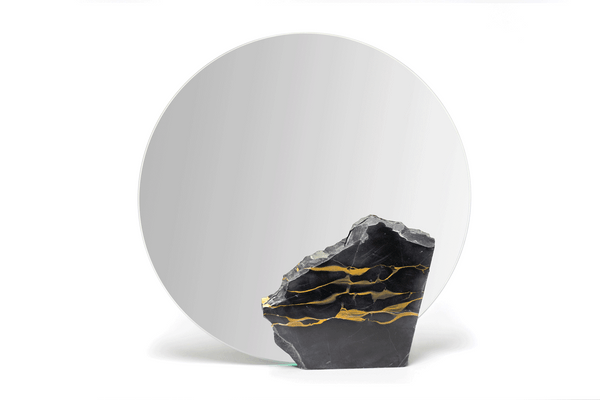
Turning faults into fortunes | GoodWaste
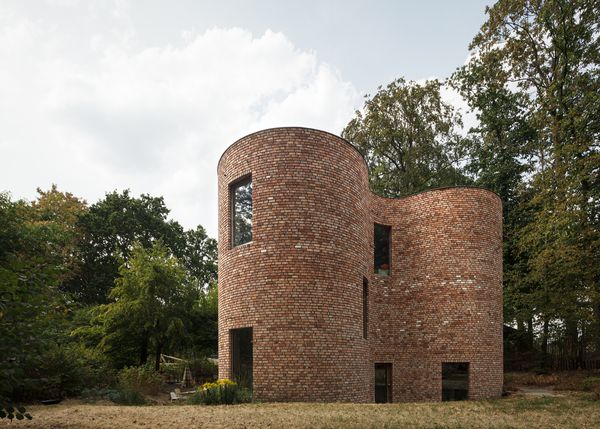
Harmony of shell shape and brick | BLAF Architecten
